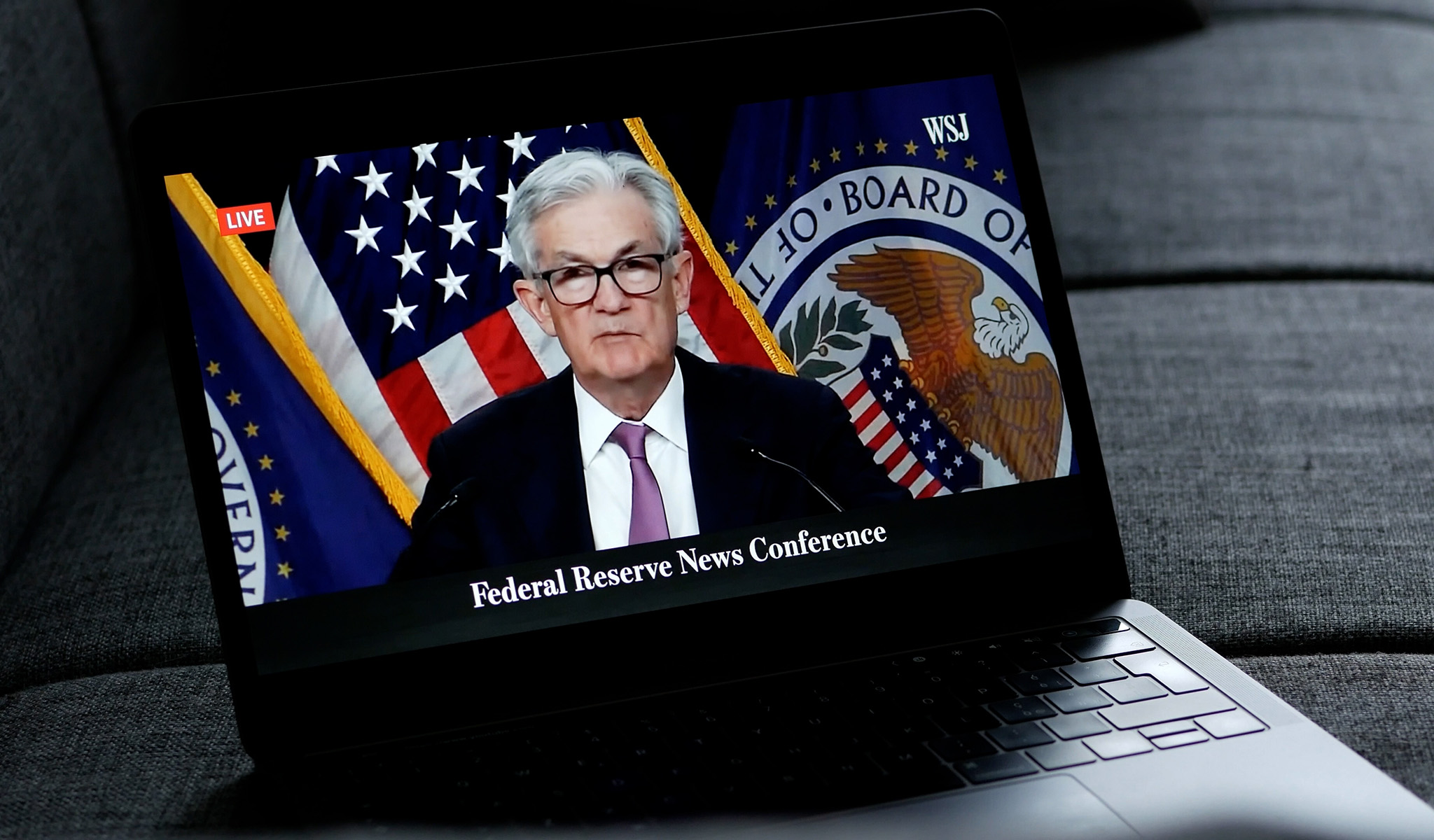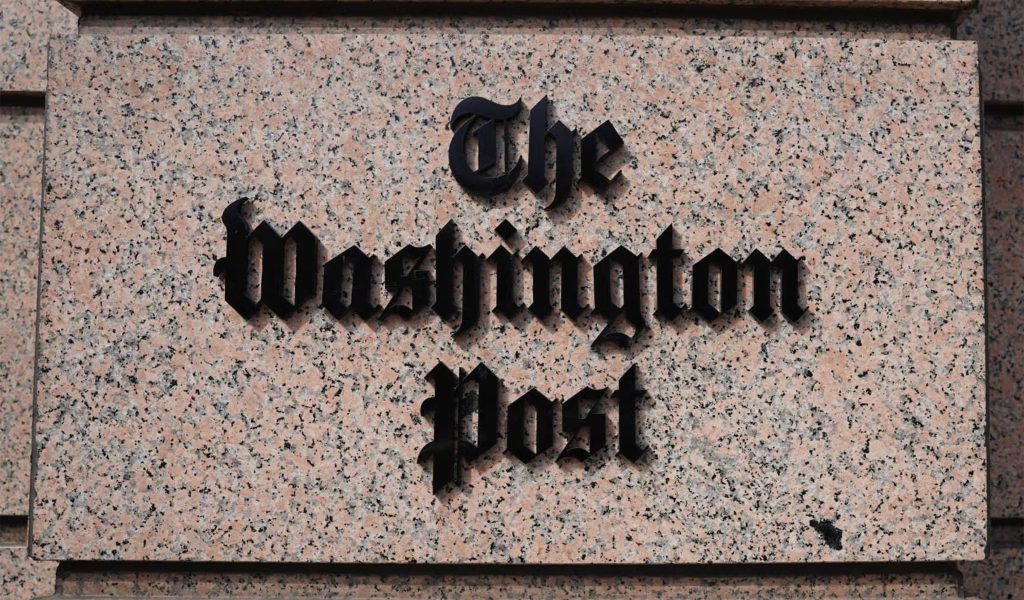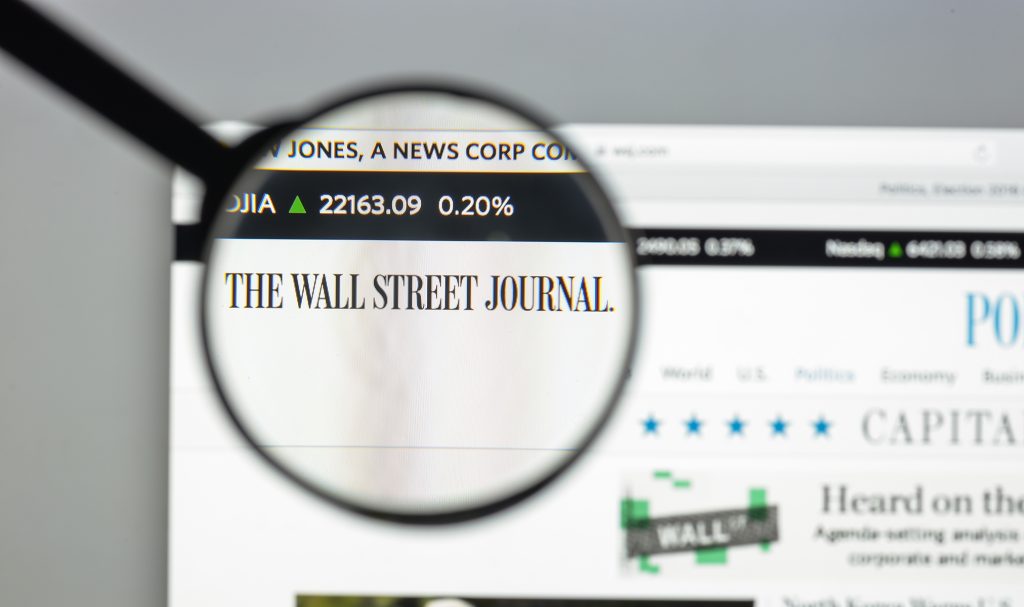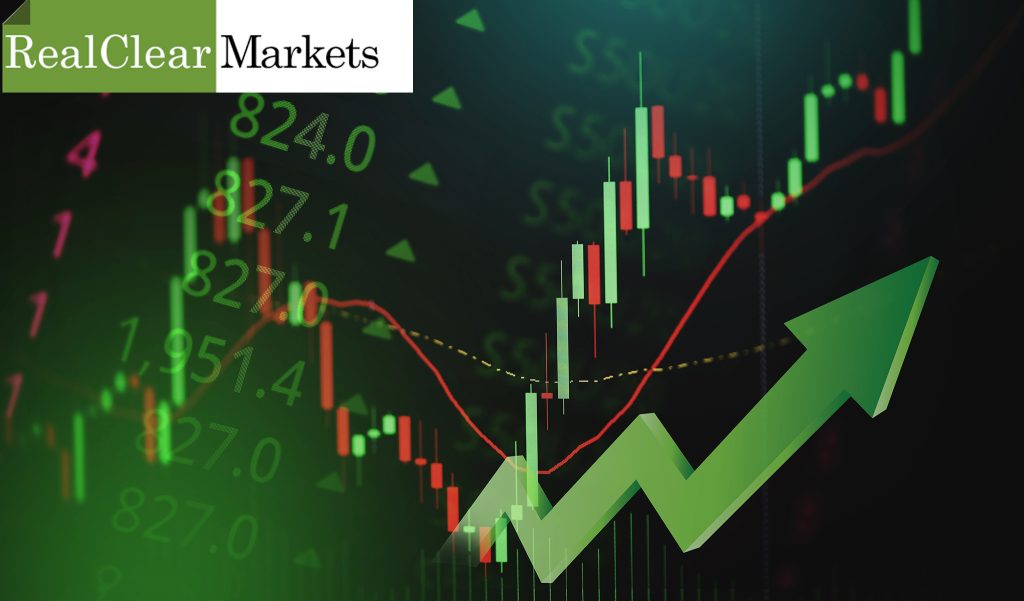Walter Wriston long ago observed that capital goes where it’s treated well. Wriston would no doubt have admitted, were he still alive, that he was stating the obvious. Capital is trucks, tractors, computers, desks, chairs, time, and most crucial of all, human. Of course capital goes where it’s treated well.
It’s difficult to not think of Wriston when thinking about the Fed. The individual at the Wall Street Journal charged with watching the Fed (Nick Timiraos) published a piece last Friday which asserted that a higher-than-expected CPI “likely sends officials” at the Fed “to an uneasy holding pattern where they wait several more months for either better inflation data or the type of evident economic weakness they were hoping to avoid.” Unfortunately, Timiraos was serious.
In his defense, Timiraos is not alone. It’s accepted wisdom among Fed watchers and economists that putting people out of work is the path to lower inflation, and that by fiddling with the Fed funds rate and the so-called “supply of money” more broadly, that the Fed can control prices. Except that it can’t. Thank goodness it can’t. Stabs at price controls don’t suddenly take on laudatory qualities because the Fed is the controller.
Still, the surest sign the Fed can neither control the cost of credit or prices can be found in the overall health of the U.S. economy. Price signals are precious, and the cost of accessing capital is wildly precious. If the Fed could control either as it tries to, and that it would have us believe it can, the U.S. economy would be in tragic shape.
That is so because capital goes where it’s treated well. And price controls treat capital very badly. We know the Fed isn’t and cannot control prices or the cost of capital because if it could, the U.S. would be capital and growth starved. It’s not.
Of course, the happy reality that the Fed can’t control prices, or the cost and amount of capital, tells us why its blind stabs at rate price controls are so much more than pointless. Think about it. Since capital goes where it’s treated well, and since it can be found in abundance in the U.S., we can then logically conclude that capital will flow into or outside of the U.S. regardless of what the Fed does.
Applied to the rate hikes that Timiraos and other Fed watchers imagine will slow the economy, they plainly will not. And they won’t because capital once again goes where it’s treated well, period.
Despite this, Fed watchers and economists write about and watch the Fed with breathy intensity. Can it bring prices down? No, it can’t. Again, thank goodness it can’t. It’s the opposite of insight to point out how awful our economy would be if the Fed could control prices, and worse, acted on it. In which case we can conclude that the Fed is acting on a myth about its powers.
In the same Wall Street Journal in which Timiraos did his job and wrote as though the Fed is all powerful, it was speculated about in another article what the Biden administration could do to bring down prices. It, like the Fed, is powerless if market intervention is the plan.
More realistically, it’s what the Biden administration won’t do. Put another way, the much-less-than-insightful reality is that the only way for the Biden administration to encourage price declines is for it to do nothing. Doesn’t everyone know that high prices beget low prices as the profit-motivated figure out ways to produce exponentially more with less?
In which case, market actors like do-nothing governments. Do-nothing governments make it more likely that the enterprising can do as they wish when it comes to producing in the most efficient ways possible, and with “hands” and machines from around the world. Explained as simply as possible, the fastest path to falling prices is the profit-driven increase in the number of specialized hands and machines around the world enlisted in the creation of what’s presently expensive.
Which is just a reminder that focusing on the Fed as the source of lower-priced goods insults non sequitur so separated is the central bank from any powers that will make inexpensive what is presently dear. Open global trade is the only answer to the high price question, yet it’s the only solution not being broached. In short, everyone is talking about the need for lower prices, but no one is talking about treating capital well so that they can decline.
Republished from RealClear Markets






